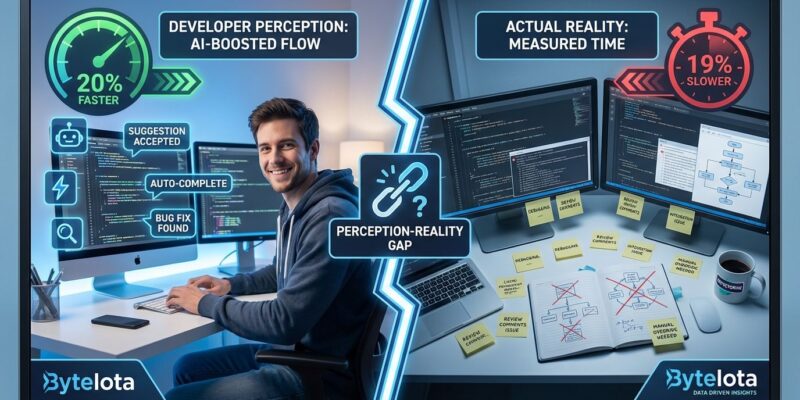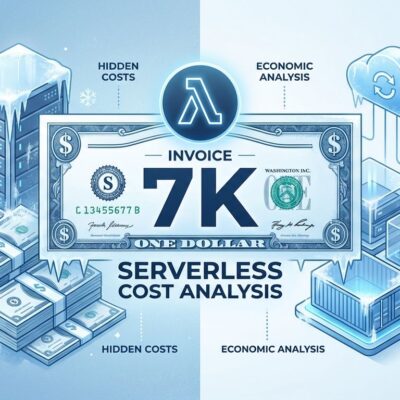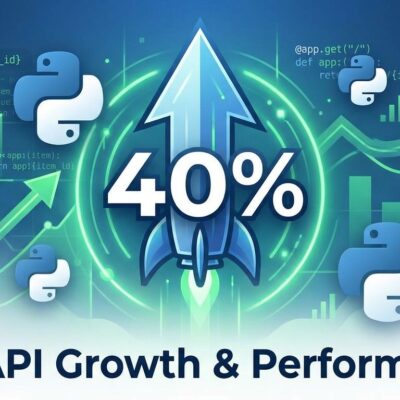
Experienced developers using AI coding tools completed tasks 19% slower than without AI, yet believed they were 20% faster. That’s a 39-percentage-point gap between perception and reality. This finding from a July 2025 METR study exposes a problem at the heart of the AI coding boom: while 90% of developers have adopted AI tools and billions flow into the market, rigorous measurement reveals productivity claims built on feeling, not fact.
The disconnect matters because it shows an entire industry making decisions based on how tools make them feel rather than what those tools actually deliver.
The Study That Measured What Actually Happened
METR researchers conducted a randomized controlled trial with 16 experienced open-source developers across 246 real programming tasks. This wasn’t a survey asking developers how they felt. It was objective time measurement of actual task completion.
The study used gold-standard methodology: random assignment of tasks to allow or prohibit AI tool use, experienced developers working on their own familiar codebases, and frontier AI tools including Cursor Pro with Claude 3.5 and 3.7 Sonnet.
The result? Developers took 19% longer to complete tasks when using AI tools. But here’s where it gets interesting: before starting, developers expected AI to speed them up by 24%. Even after experiencing the slowdown, they still believed AI had accelerated their work by 20%.
The researchers found that 9% of developer time went to reviewing and cleaning AI outputs, with another 4% spent waiting for generations. Context switching between writing code and reviewing AI suggestions, learning when to trust the tool versus when to ignore it, and debugging “almost correct” code all add hidden costs that subjective surveys completely miss.
Why Developers Feel Faster While Moving Slower
The perception gap isn’t random. Cognitive biases systematically distort how we experience AI tools.
AI makes coding feel easier. Less typing, less manual searching through documentation, instant suggestions that look plausible. That reduced cognitive effort gets misinterpreted as increased productivity. But effort feeling lighter doesn’t mean results arrive faster.
Research shows 78% of people rely on AI outputs without proper scrutiny due to automation bias—the tendency to trust automated systems over our own judgment. Authority bias compounds the problem: frontier AI models get treated as expert systems, making developers defer to suggestions even when skeptical.
Then there’s the verification overhead no one talks about. Every AI suggestion needs checking. Is it correct? Secure? Performant? Does it handle edge cases? That review process takes time. When 66% of developers cite “almost correct” AI solutions as their biggest time sink, you’re looking at code that’s harder to debug than code that’s obviously wrong.
When Surveys Meet Reality
Google’s 2025 DORA report found 90% of developers now use AI tools, with 80% reporting enhanced productivity. JetBrains’ survey of 24,000 developers showed 85% using AI regularly, with 90% claiming to save at least an hour per week.
Except when you measure actual outcomes. Atlassian’s 2025 report found 96% of companies aren’t seeing AI ROI. McKinsey discovered that while 71% of organizations use AI regularly, 80% see no bottom-line impact. BlueOptima’s analysis of 218,000 developers over two years found actual productivity gains of around 4%—not the 55% faster completion times GitHub claims for Copilot.
That 4% versus 55% discrepancy tells you everything about the measurement problem. GitHub’s research relies heavily on developer satisfaction surveys and simplistic metrics like lines of code generated. Independent research using objective performance metrics tells a different story. One study found GitHub Copilot introduced 41% more bugs than human-written code.
Context Determines Everything
The METR study focused on experienced developers working on familiar, high-quality codebases. That context matters because AI doesn’t affect everyone the same way.
Junior developers see real gains: 21-40% productivity improvements versus 7-16% for seniors. AI helps novices approach expert-level output for routine tasks. It accelerates learning and reduces the barrier to entry for new developers.
AI genuinely speeds up work when problems are well-defined and commonly solved. Boilerplate code, API clients, CRUD operations, documentation generation—tasks that have been solved “a gazillion times before.” MVPs, prototypes, and hobby projects benefit significantly.
But complex logic breaks the model. High-quality codebases with strict standards often can’t use AI-generated suggestions without extensive modification. Edge cases, architectural patterns the model doesn’t understand, and sophisticated algorithms all push AI tools past their effectiveness threshold.
What This Actually Means
For developers: your gut feeling about productivity is probably wrong. Track actual task completion time, not just how satisfied you feel. Use AI where it genuinely helps—boilerplate, learning, documentation. Skip it for complex logic and high-quality code where verification overhead exceeds the generation benefit.
For engineering teams: don’t mandate universal AI adoption based on surveys. Measure what matters: cycle time, bug rates, time to completion. Recognize that junior and senior developers benefit differently. Make data-driven decisions.
For the industry: a $200 billion market built on perception rather than reality needs accountability. The gap between vendor claims (55% faster) and independent research (4% gains) represents a fundamental transparency problem. We need more randomized controlled trials and fewer satisfaction surveys.
The fundamental lesson: feeling faster is not the same as being faster. If the AI coding revolution is going to deliver on its promise, it needs to start measuring what actually matters.











